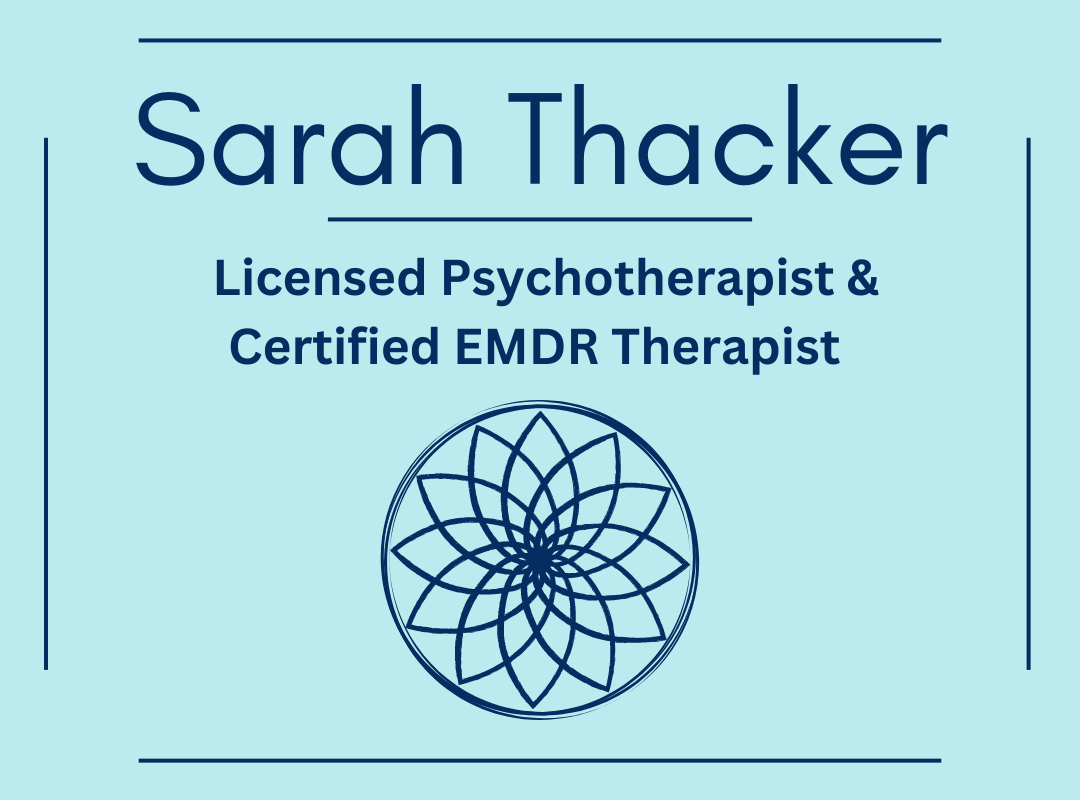“Quitting is never an option on the road to success. Find the way forward. If you have a positive mindset and are willing to persevere, there is little that is beyond your reach. The attitude of being ready to work even in the face of challenges and despite odds is what will make all the difference in your life.” ― Roopleen
Step 8 to creating a life that you love is about celebrating your change process and nurturing it as it develops. You will focus on the good, the wins you are achieving and the positive shifts that are occurring. You will have opportunities to make adjustments when your motivation needs some tweaking. Developing a consistent daily practice to focus on the positive and express gratitude will be outlined and encouraged to integrate into a daily self-awareness positivity practice. When you focus on what’s going well you tend to want to create more of it!
As we move into this step, and really the final three steps, the aspects surrounding change are more nuanced and less direct. They are more about how to hold onto the changes you’ve created and continuing to dive deeper into what you want and why you want it. Because backsliding is an inevitable part of the process, developing a daily practice to ensure forward momentum is essential.
You may find as some of the smaller steps become habits that your focus may change, what you want may change and your desires become deeper. For example, for many who struggle with emotional eating, they often initially have goals related to wanting to change their body in some way or adhere to some type of diet plan. However, after making shifts and changes, they recognize that their relationship with food, body—or anything else—are all reflected within their relationship with themselves. This is experienced through deep self-awareness and constant self-reflection.
This step is about allowing the positive changes you’ve created to become not just a rote habit, but to savor the experience of the change, to take in the positive feelings of the change and to recognize and be grateful to yourself that you are responsible for the change. This is worth celebrating! Gratitude and daily self-reflection practices that focus on what went well, what changes you’ve maintained and where you can fine-tune your vision is central.
Now that you have seen how a plan turns behaviors into habits, maintaining those habits is how to continue to build on the change process. Taking time daily to reflect on what you did do, what went well and the positive impact that it had on you will help to keep the motivation flowing. This is the time to incorporate gratitude as a practice into your daily routine. As you reflect on what went well, say thank you to yourself for taking the time to put action into your vision and make the changes you desire. Expressing gratitude to yourself to be able to take action and for any of the people who supported you or anything/one else that helped you through this process will allow you to experience an abundance of positive feelings. When you link these positive feelings with the process of change, that will create a stronger desire to keep going. Reflecting on the good, taking time to let it sink in deeply and expressing gratitude all support your progress and build upon the change process in a meaningful way.
Putting this daily practice into your routine would look something like this… Start a daily positive action and gratitude journal. Begin by taking a couple slow, deep, centering breaths. Open your journal and write down two things that you did today to support your vision. These will be any action steps you did take today, no matter how big or small. Focus on what went well and how it felt to complete those action steps. (If your mind tries to distract you with what you didn’t do or anything negative, pause and go back to focusing in this moment solely on the positive.) Take a moment to savor the positive feelings that arise, letting them sink into your being. Notice how it feels in your body to focus on the positive, along with celebrating your growth and change process. Now thank yourself for taking the time to do these action steps and notice how that feels to focus your gratitude inward. Next, write down two things/people you are grateful for from your day and specifically why you feel grateful for these things/people. Take a moment to savor those positive feelings of gratitude, letting them sink into your being. Notice how it feels in your body when you practice gratitude. Savor the positive experience of reflecting on your dedication and expressing gratitude.
This simple and yet super powerful daily practice will help keep you aligned to your greater vision for your life. This daily practice is such a rewarding part of the change process. It does not take much time; however, it makes a big difference in how you feel and ultimately sparks more desire to continue to take action consistently. As you build on the small steps you continue to take, over time you prepare yourself to make big changes and live your vision. You are creating a life that you love!



